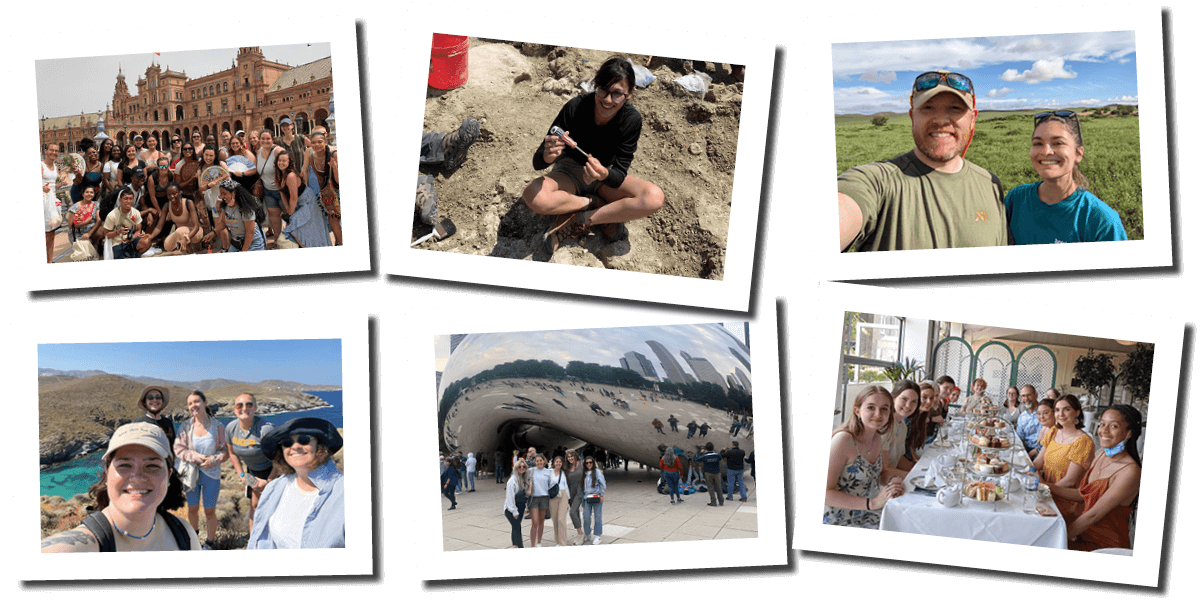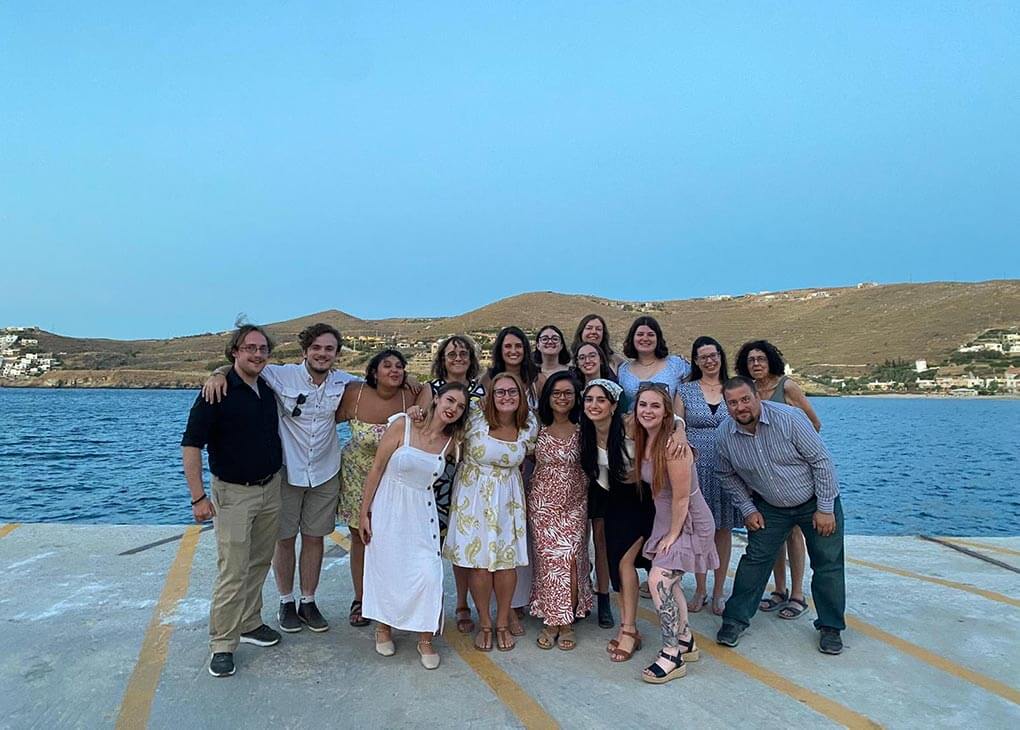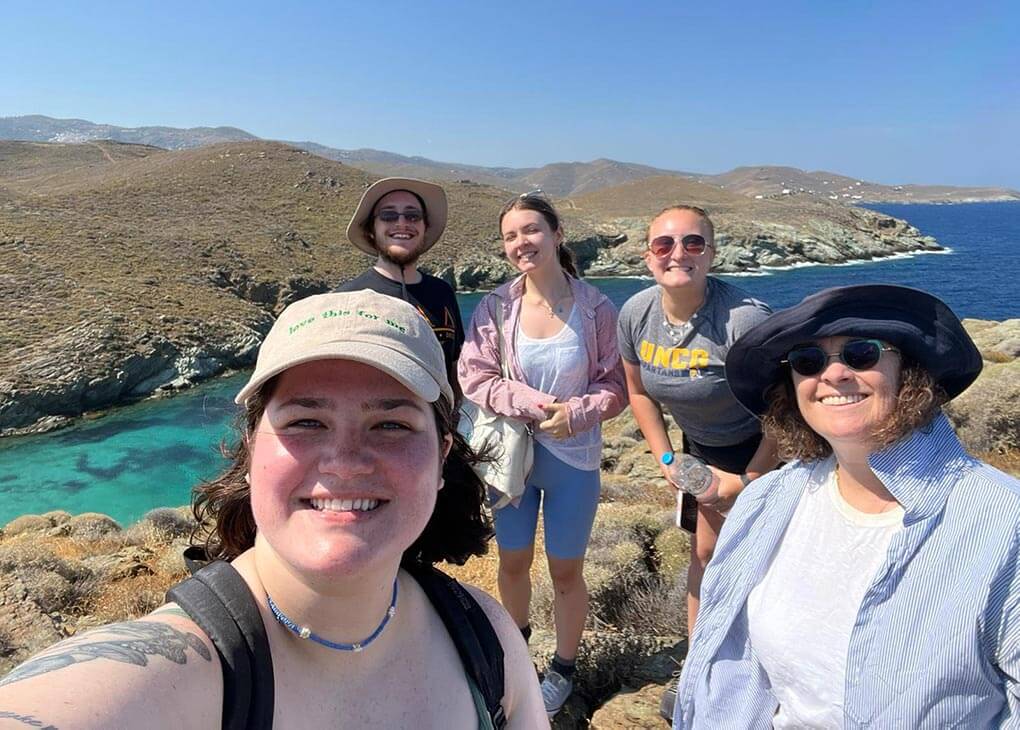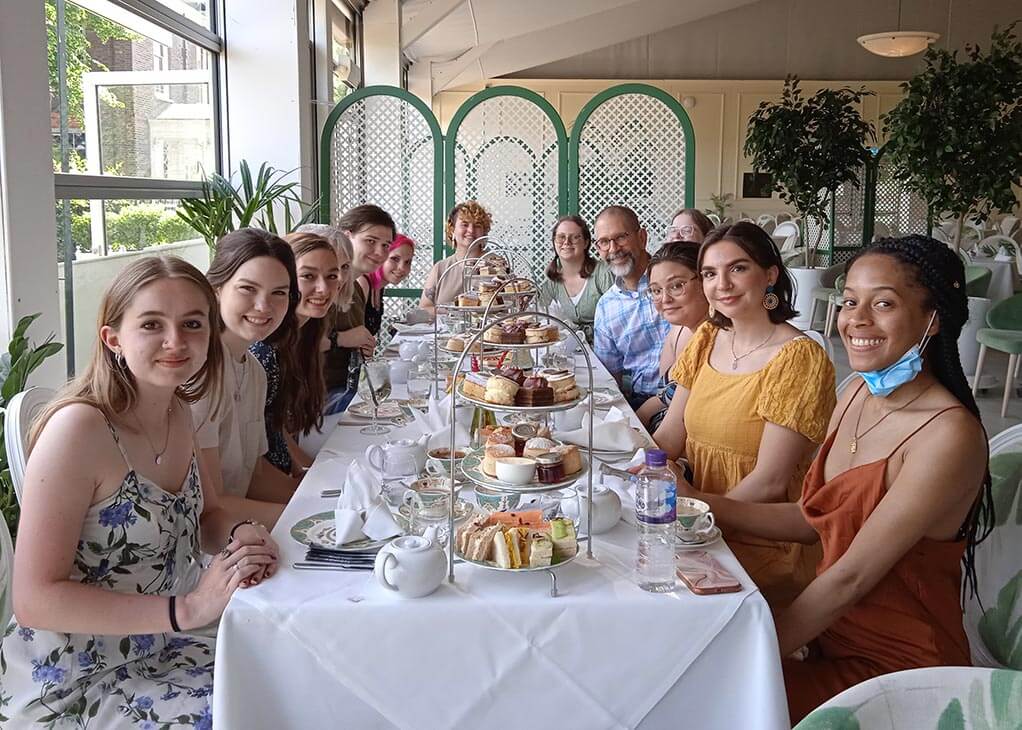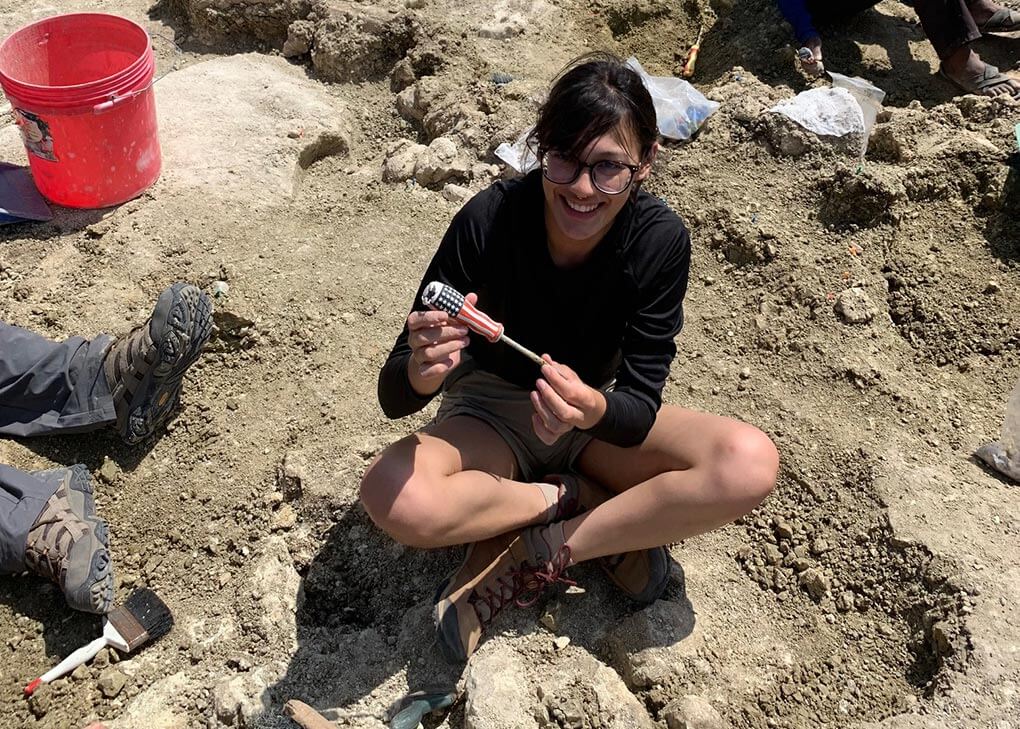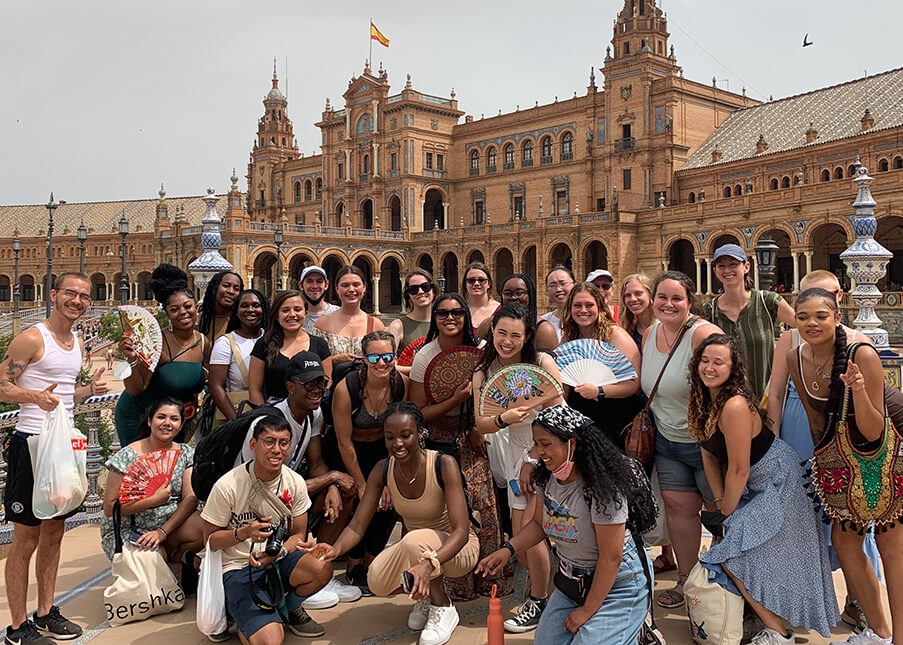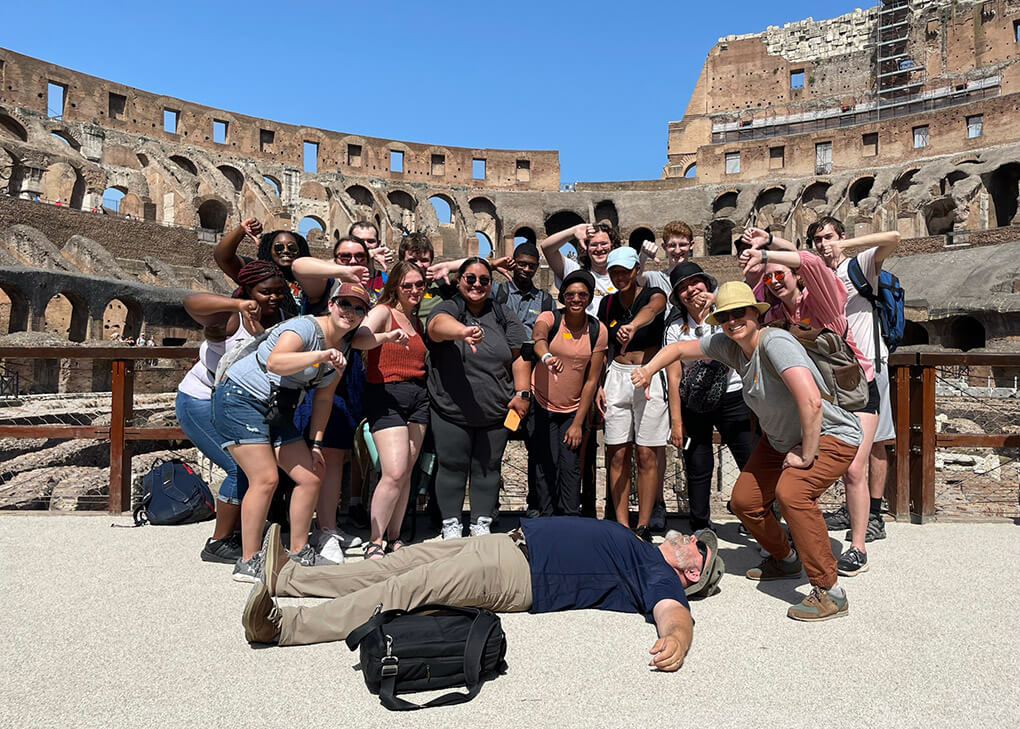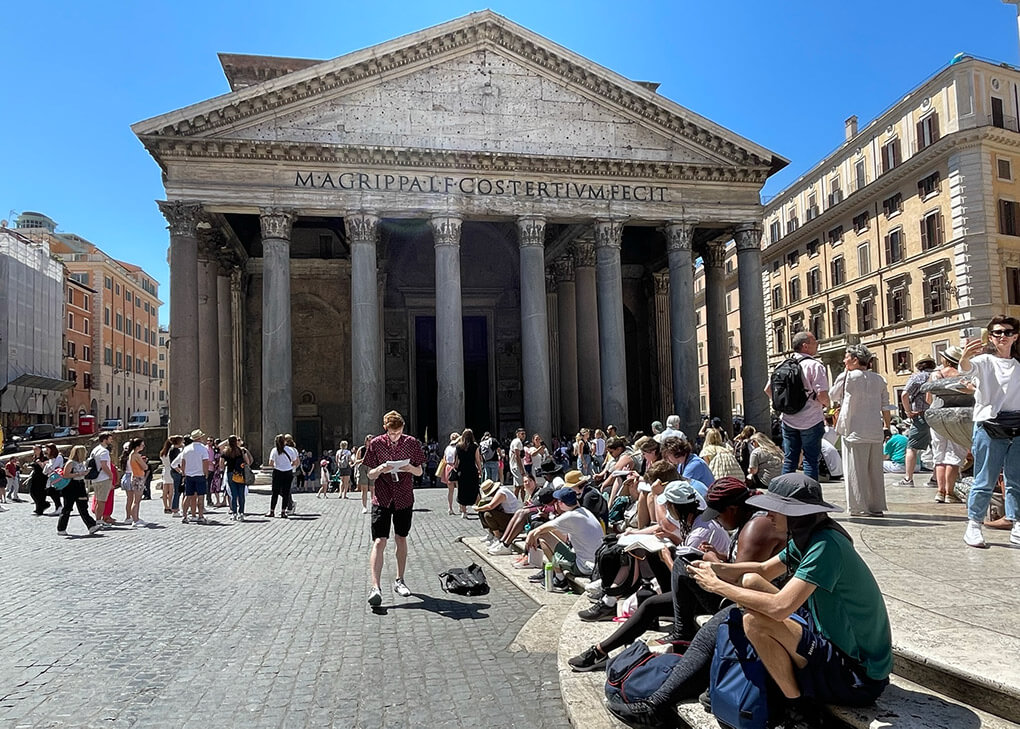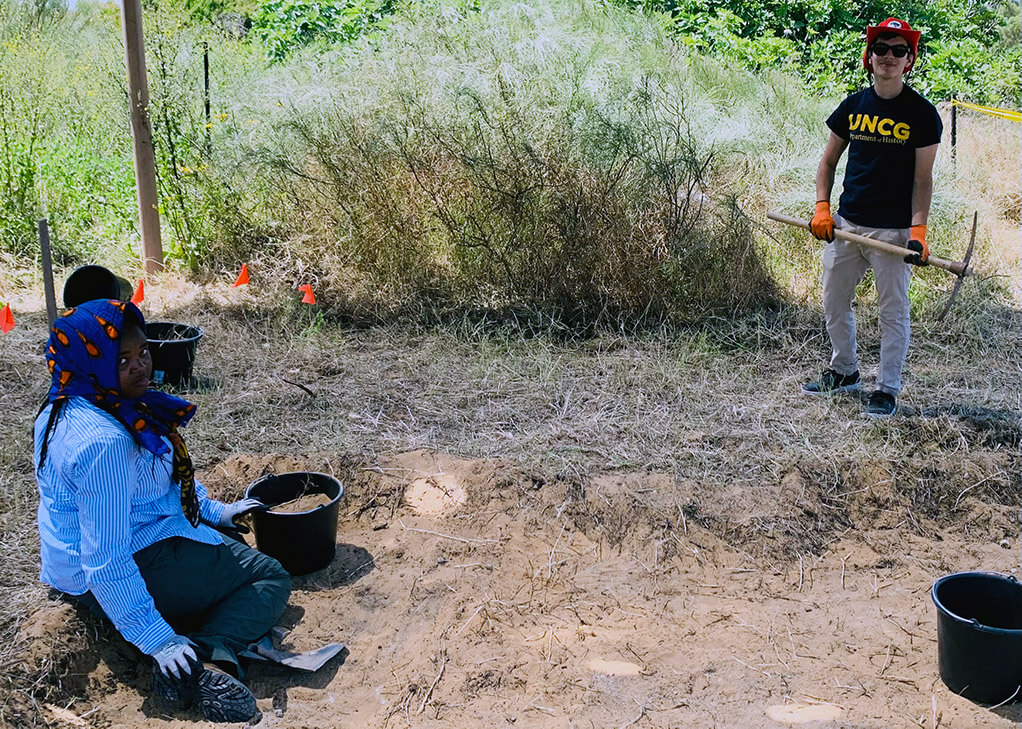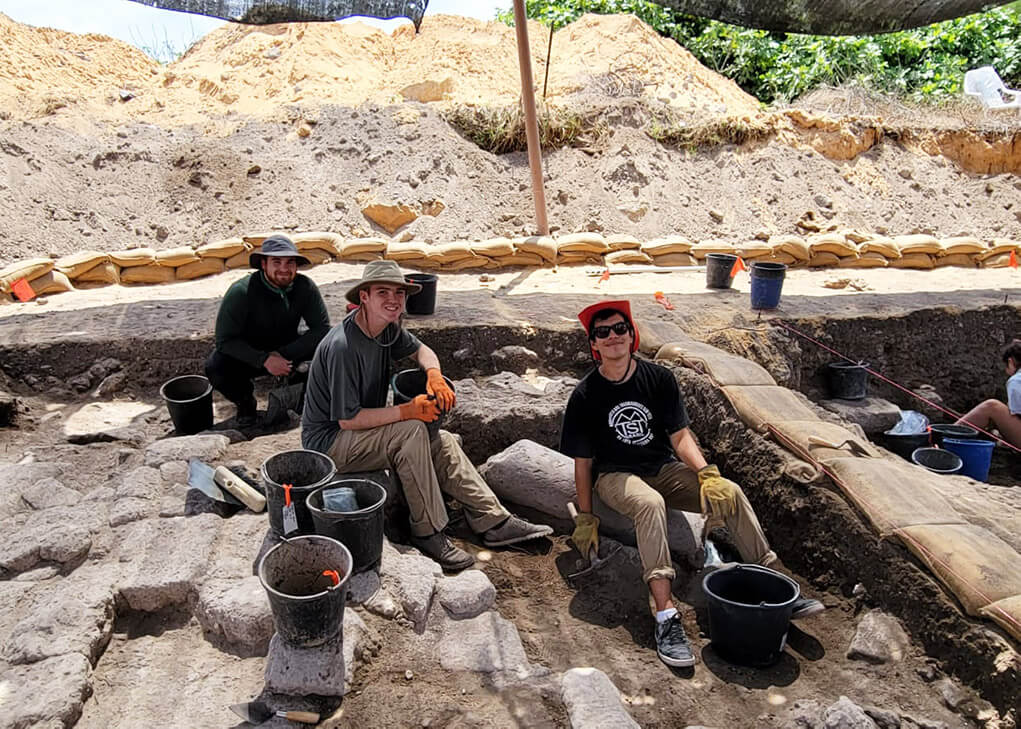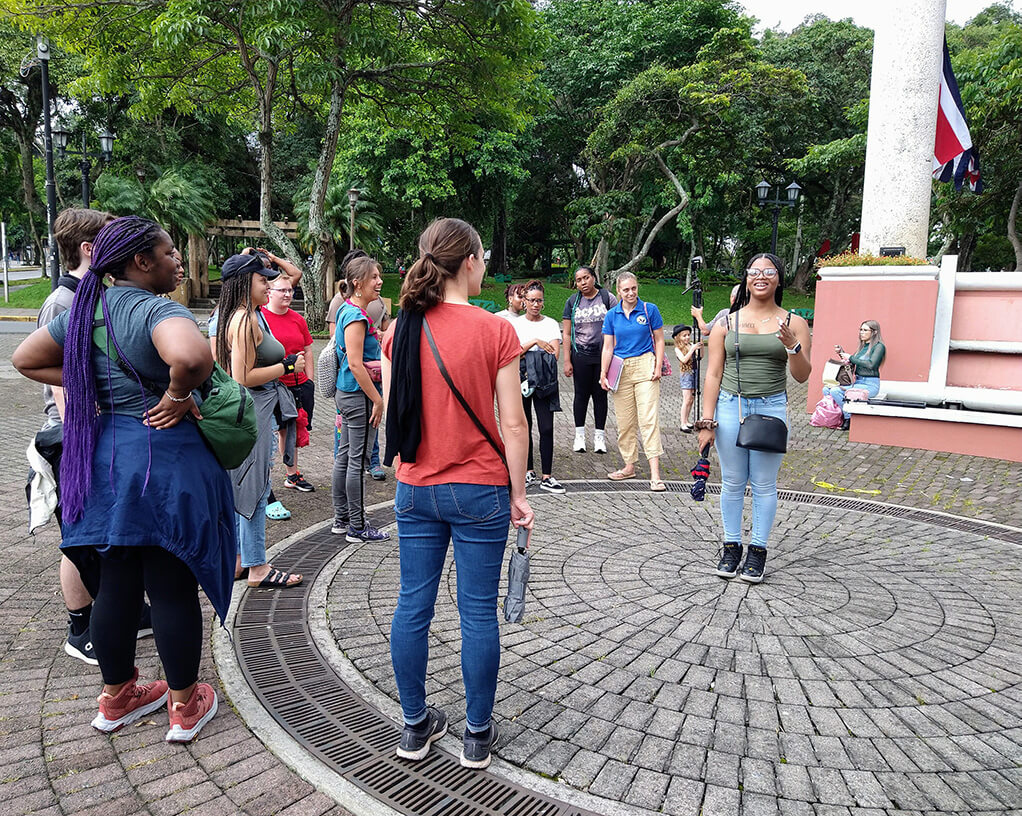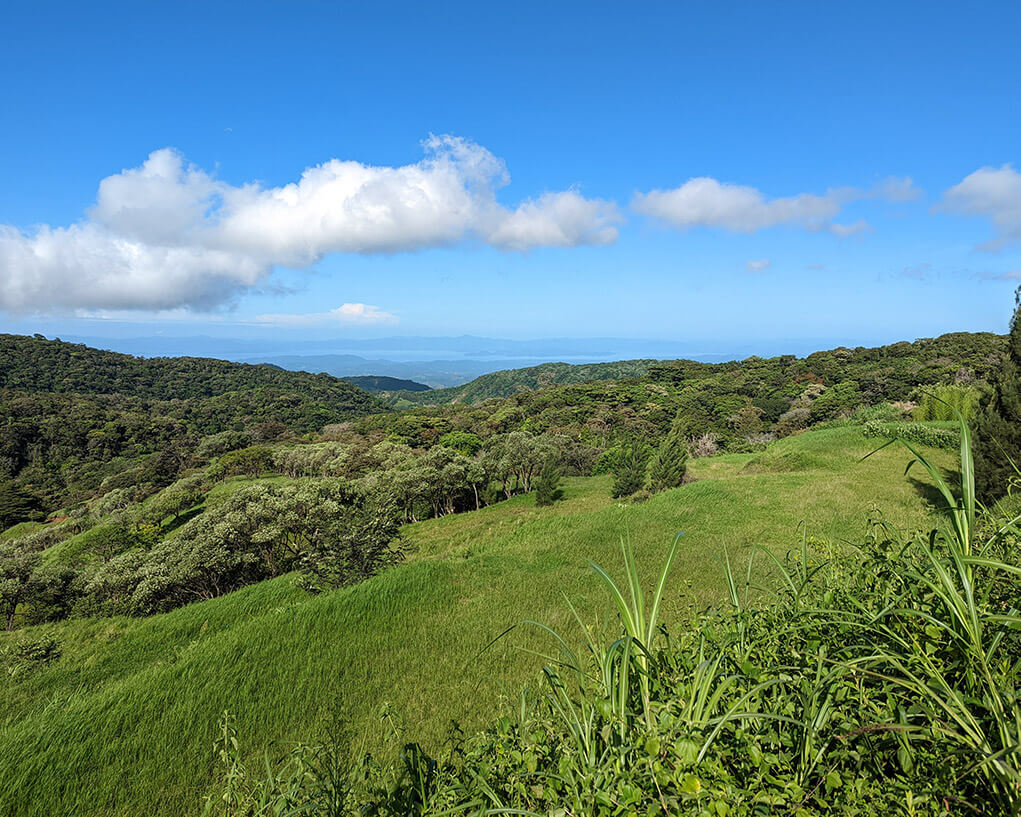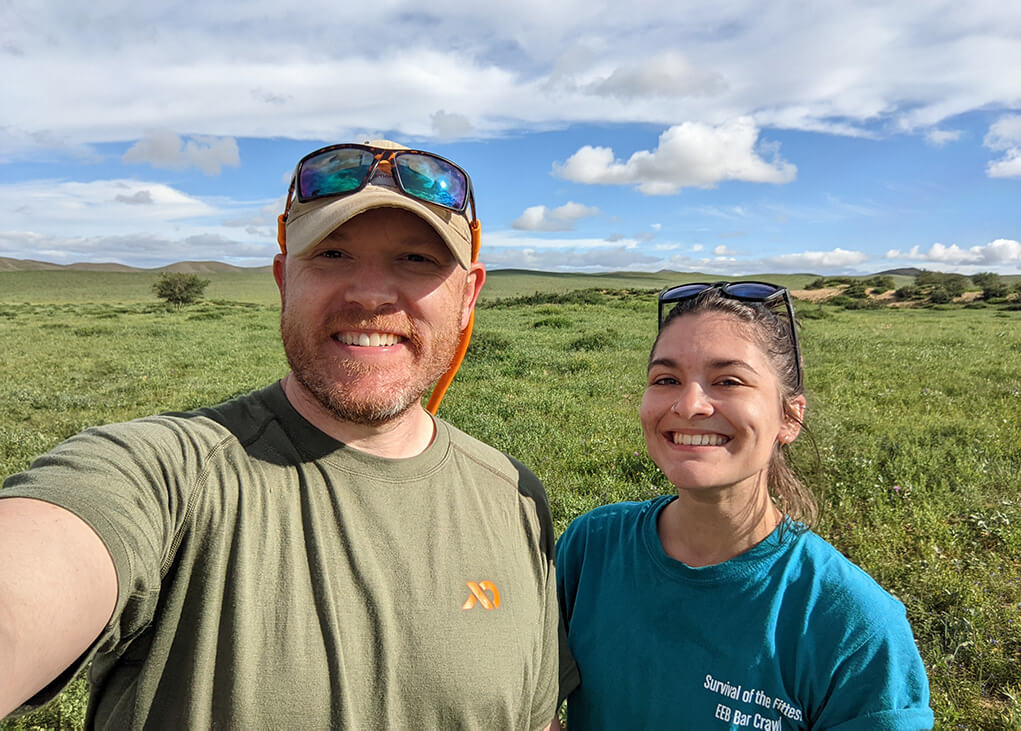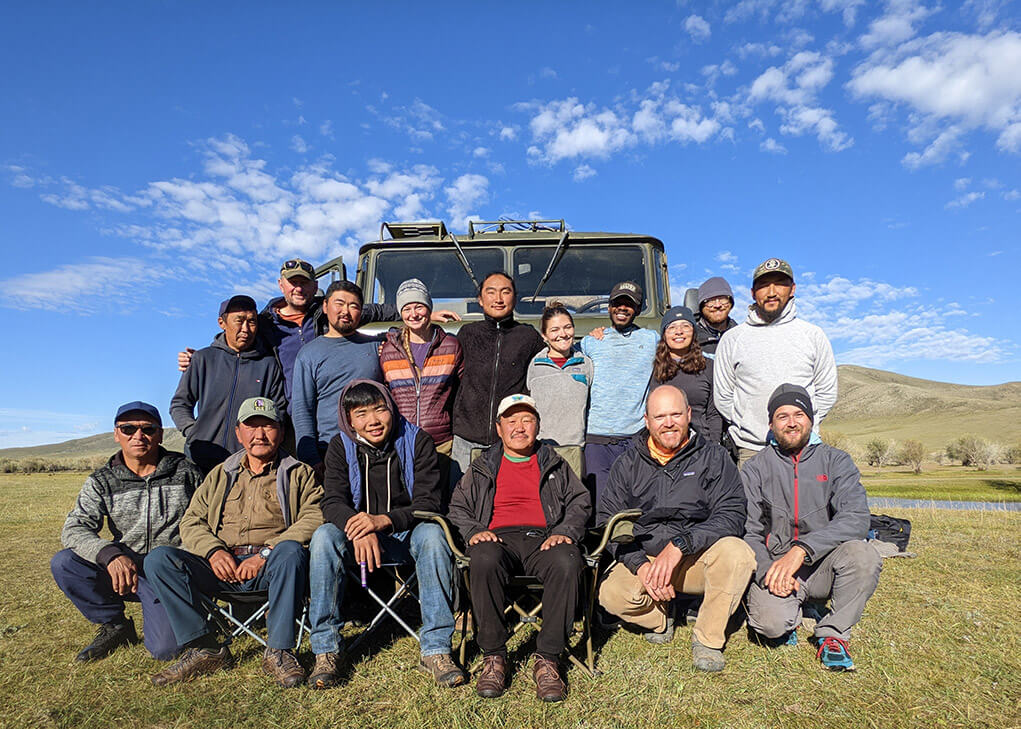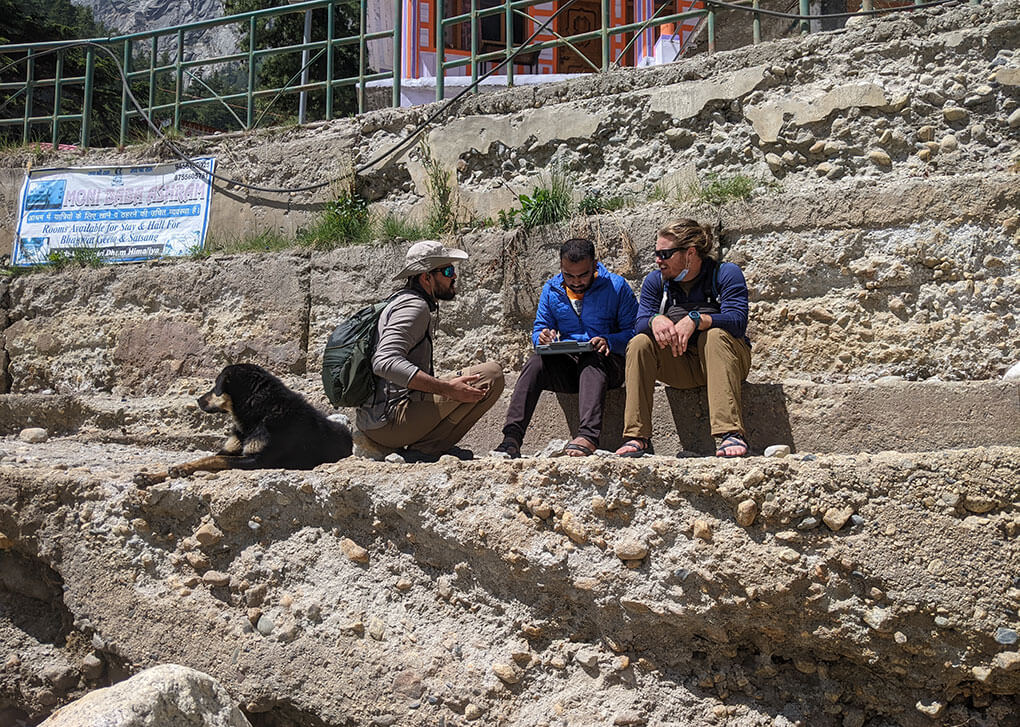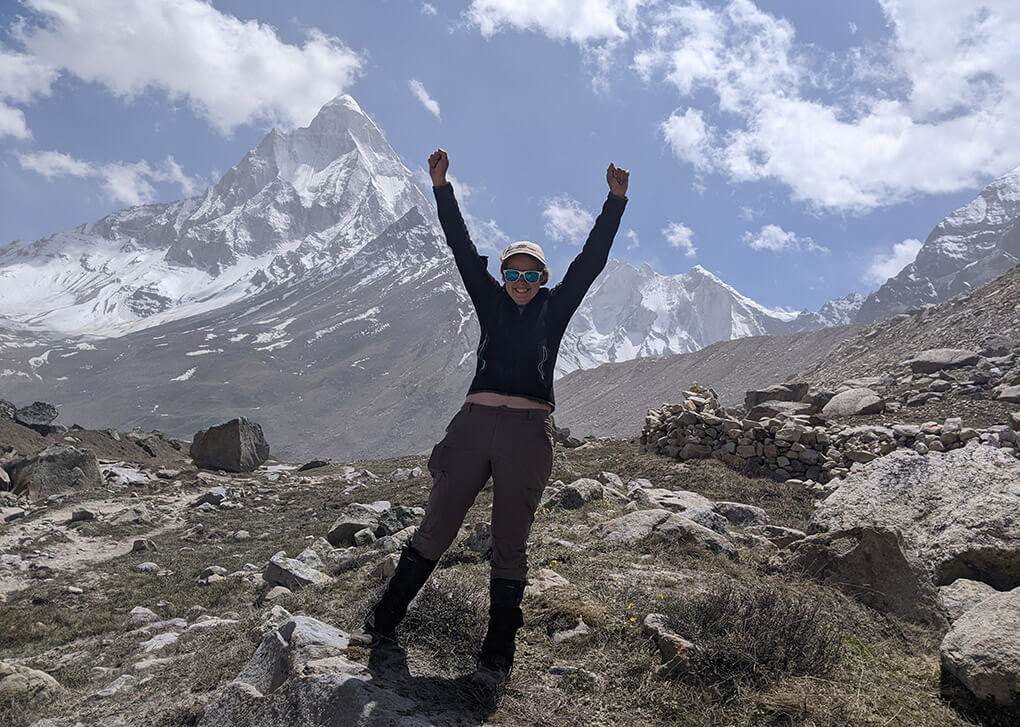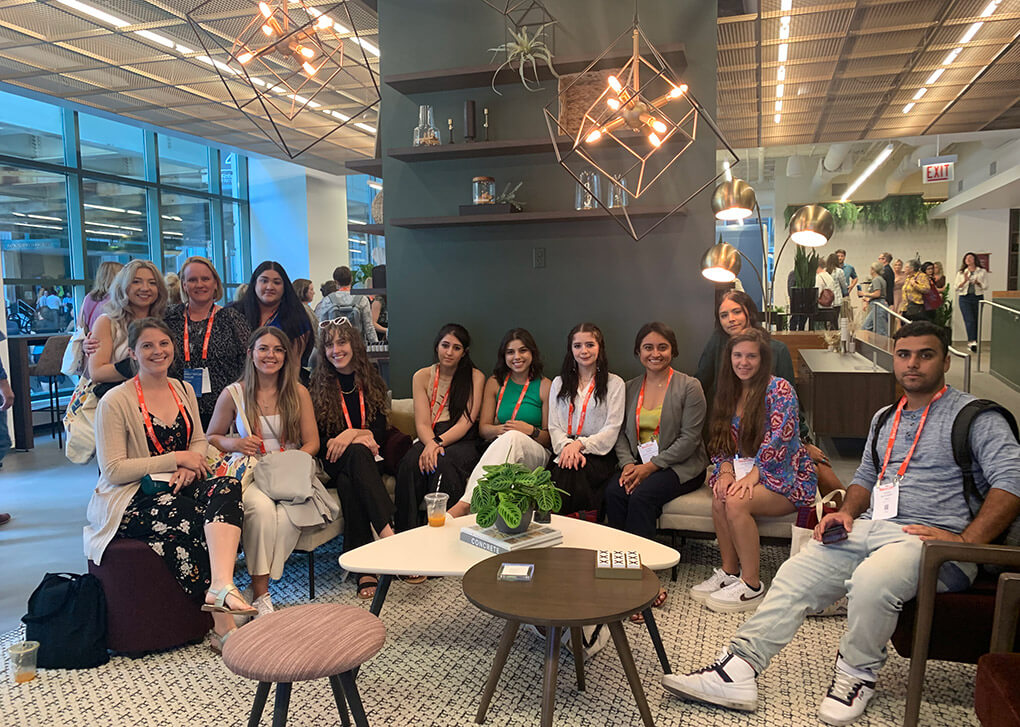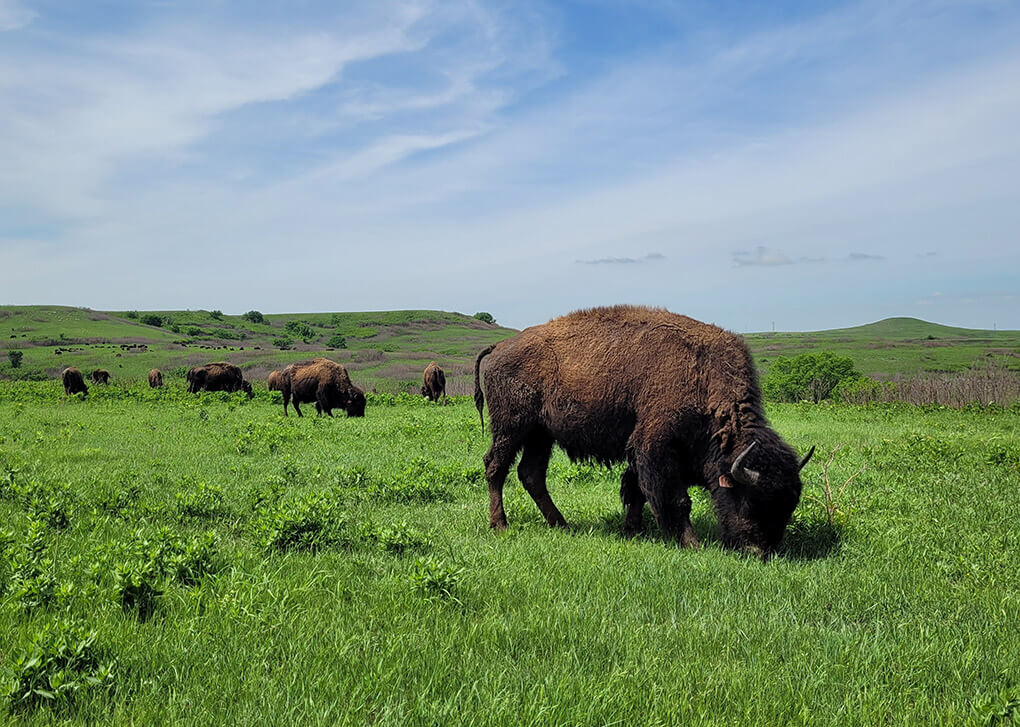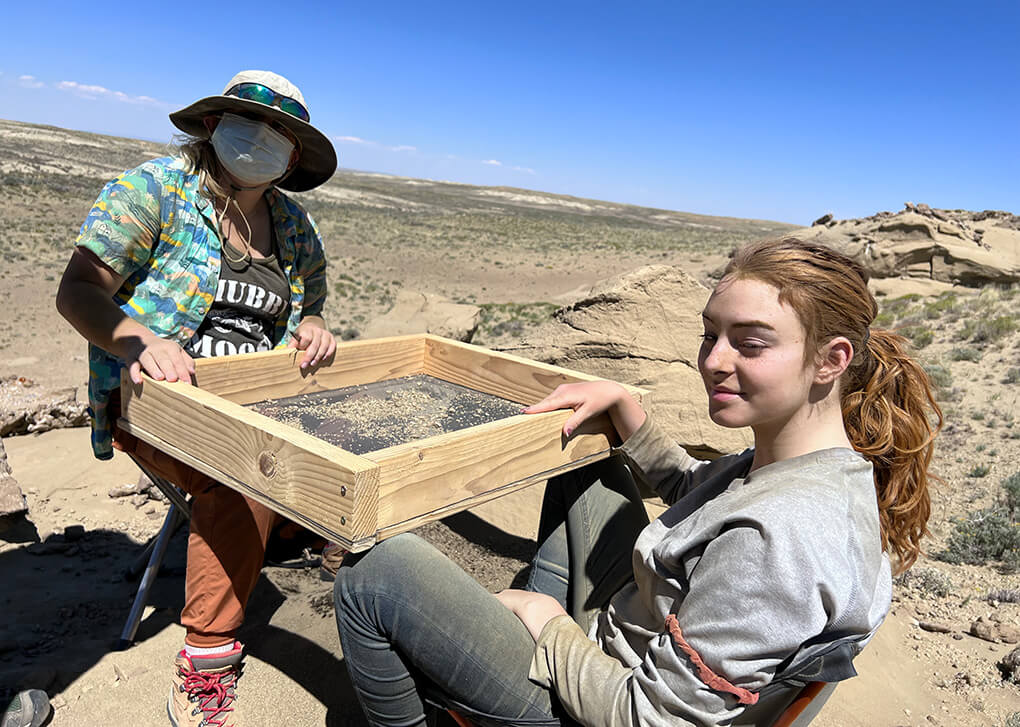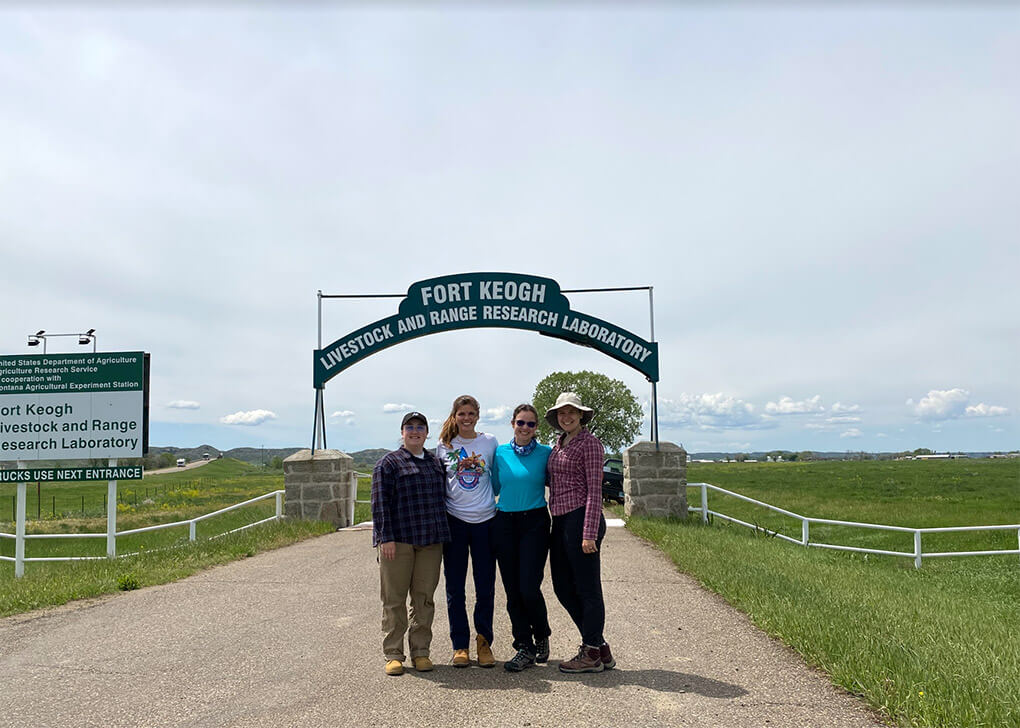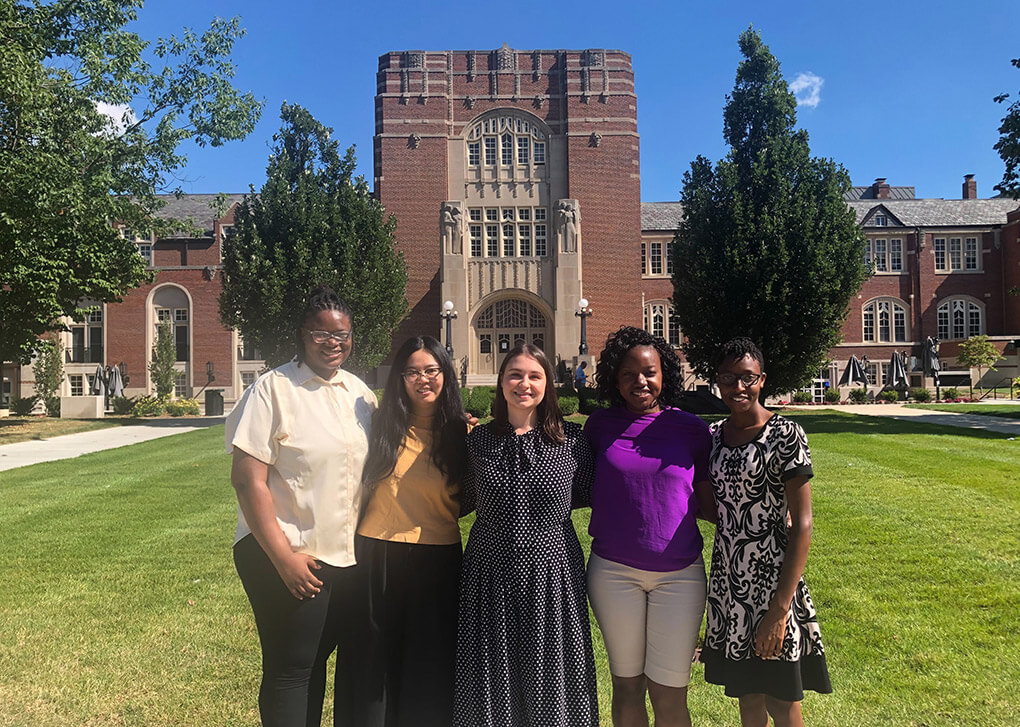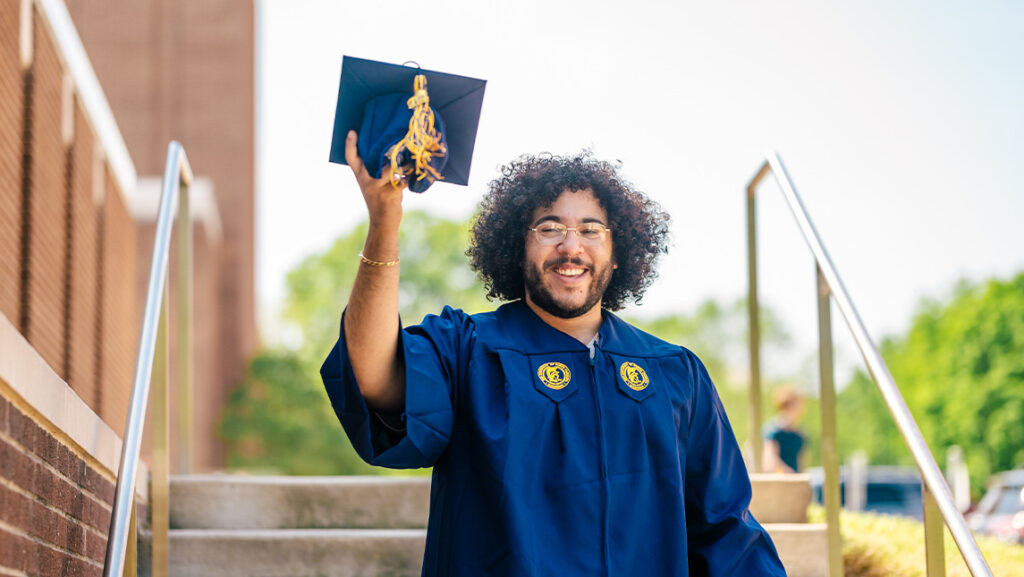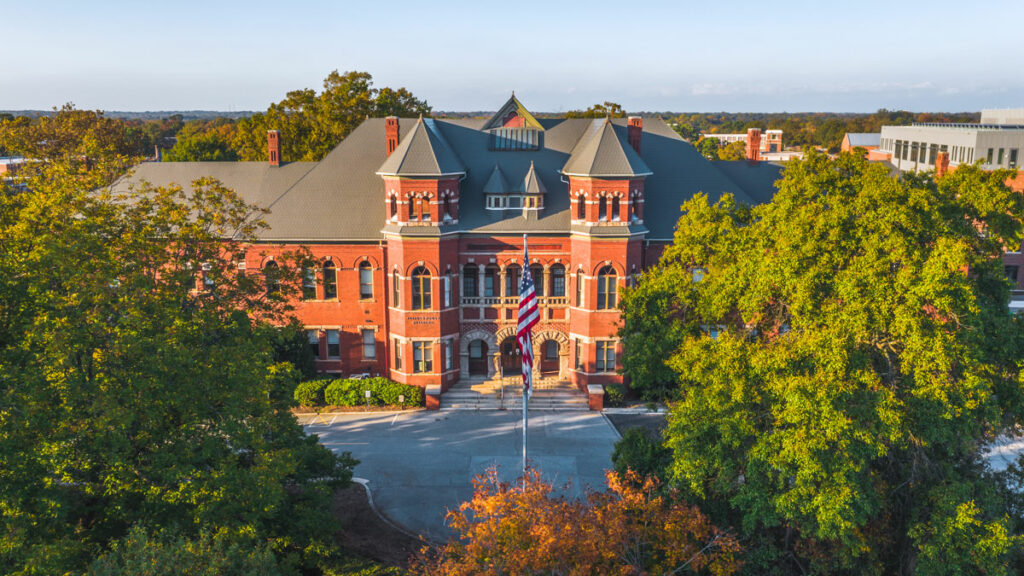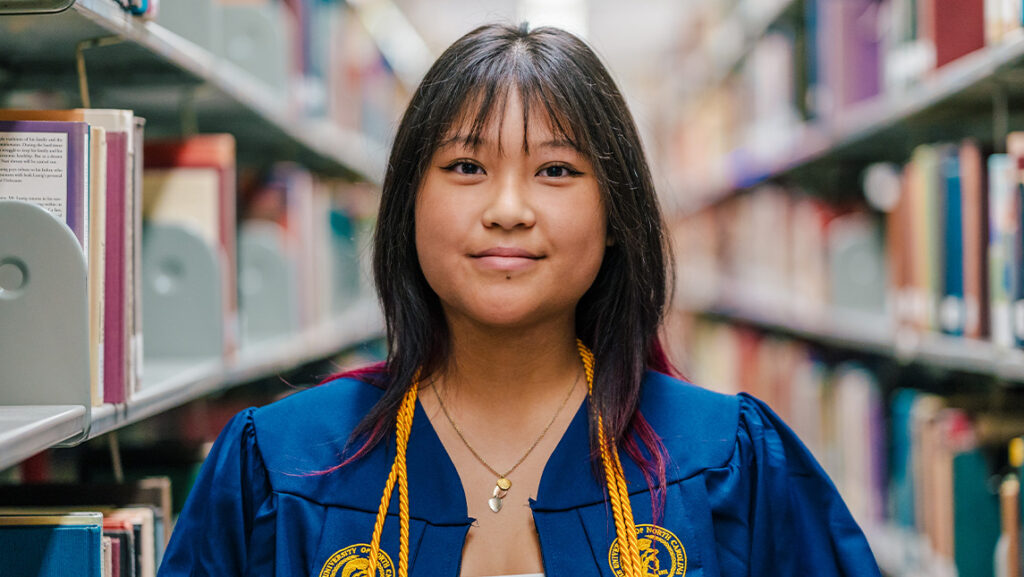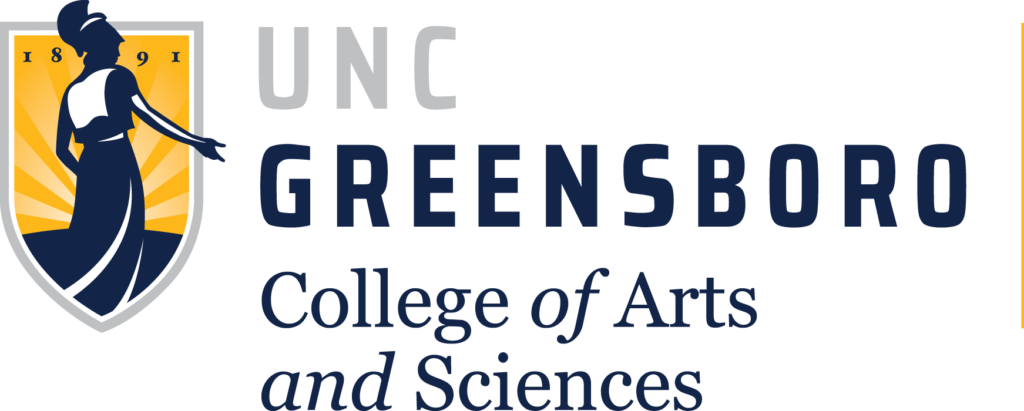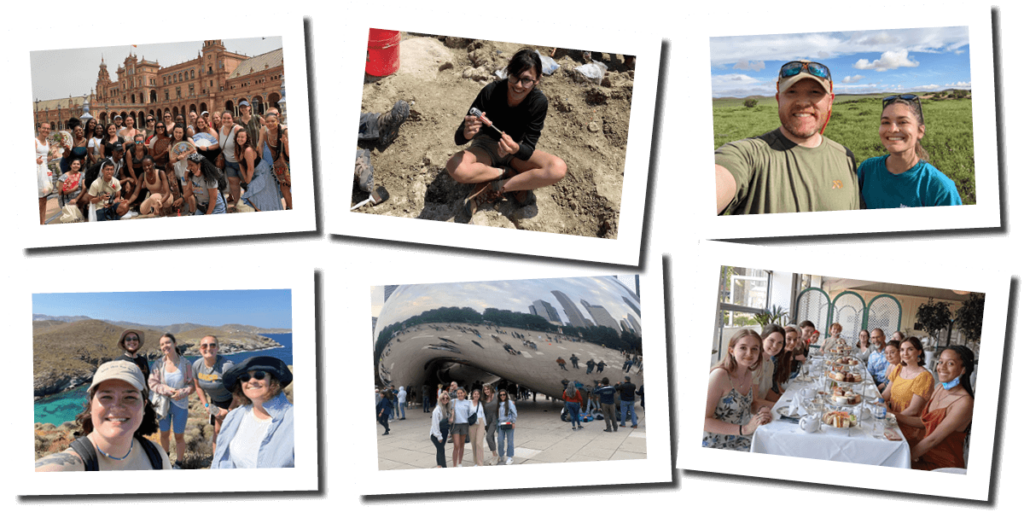
Trips to London, Cádiz, and Rome. Research experiences in Tanzania, Israel, Mongolia, and the prairies of Kansas. Conferences in Illinois and Indiana.
This summer, students in the College of Arts & Sciences expanded their knowledge, experience, and worldviews through faculty-led travel across the globe. See where their travels took them:
Kea, Greece
Led by Dr. Joanne Murphy of the Classical Studies Department, students traveled to the Cycladic island of Kea for the month of June. There, they toured major sites on the mainland before working on a multi-year archaeological research project to understand how people have used the landscape over the past 8,000 years.
London, England
The English Department‘s Literary London trip is led by Drs. Chris Hodgkins and Hope Howell Hodgkins. Students experienced London in all of its grime and glory, including Shakespeare’s Globe Theatre, the Thames, Kensington Palace and more – all while learning and earning English credits.
Olduvai Gorge, Tanzania
Led by Dr. Charles Egeland of the Anthropology Department, students helped excavate and perform field work at some of the world’s most well-preserved early archaeological sites in Olduvai Gorge, Tanzania. The project is tracking the bio-behavioral evolution of our remote ancestors from between 2 and 1 million years ago!
Cádiz, Spain
A group of students traveled to Cádiz, Spain under the direction of Dr. Carmen Sotomayor and Professor Jose Felipe Troncoso of the Languages, Literatures, and Cultures Department. There, students learned Spanish language, history, and culture. Read more.
Rome, Italy
This Classical Studies faculty-led program took 18 students on a journey through the history of the city of Rome from its founding to the modern day. With all instruction taking place on-site in Rome and its environs, including a five-day trip to the Bay of Naples, students gained a deep understanding of art, architecture, history, and the enduring legacy of Rome and her empire.
Caesarea, Israel
Students Kenyatta McDonald (Religious Studies), Luiz Osorio (History), and Brendan Mulligan (History) worked with history professor Dr. Asa Eger at Caesarea Maritima in Israel. Caesarea is Israel’s largest archaeological site and was the capital of the region in the Roman and Byzantine periods. Eger’s current research opens areas of the site never excavated before, dating to the Early Islamic, Crusader, and Ottoman periods.
Costa Rica
During the second summer session of 2022, 17 students traveled to Costa Rica to participate in Languages, Literatures, and Cultures‘ four-week study abroad program, “Spanish Language through Community Engagement.” This program offers Spanish language courses tailored to a wide range of levels and the opportunity to engage with local communities. The program will be offered again in summer 2023, with Professors Autumn Boudarant and Ana Hontanilla serving as co-directors.
Central and Eastern Mongolia
Dr. Bryan McLean and incoming Biology PhD student Olivia Chapman spent July – September in Mongolia, conducting fieldwork for a multi-year NSF-funded project with McLean serving as lead investigator. There, they collected and analyzed biological materials (mammals, mammalian ecto- and endoparasites) at sites across central and eastern Mongolia with the goal of advancing knowledge of parasite biodiversity in this poorly sampled region of the world.
Uttarakhand, India
Dr. Sarah Praskievicz and PhD student Nathan Rector of the Geography, Environment, and Sustainability Department studied rivers and water resources in northern India. Their research took them to the holy city of Gangotri, Shivling mountain, and Gaumukh, the source of the Ganges River — among other locations.
Chicago, Illinois
As part of a summer studio class focused on showroom design, Interior Architecture students traveled to Chicago to attend NeoCon, the world’s leading conference for the interior design industry. In addition to attending the conference, students learned about the city’s architecture and toured the headquarters of the International Interior Design Association.
Konza Prairie, Kansas
Working under the mentorship of Dr. Sally Koerner, Biology PhD student Rosalie Terry and master’s student Sarah Gora conducted field work at the Konza Prairie Biological Station in Kansas. There, they studied how plants respond to the grazing patterns of bison and global change drivers like Nitrogen pollution, among other subjects.
Great Divide Basin, Wyoming
Dr. Bob Anemone of the Anthropology Department, along with anthropology major Jessica Jacob, worked on an NSF-funded research grant at the Great Divide Basin in southwest Wyoming. The project uses predictive models to locate fossils of the world’s earliest primates that lived ca. 55 million years ago in sedimentary basins.
Montana and Wyoming
Biology graduate and undergraduate students, including PhD candidates Kathryn Bloodworth and Morgan Frost, were in Montana and Wyoming, studying the effects of multi-year drought on working rangelands. Part of the Koerner Lab‘s USDA-funded work particularly looks at how cattle grazing and drought intensities interact to affect the local ecosystems.
West Lafayette, Indiana
Chemistry professor Dr. Maia Popova and her group attended the Biennial Conference on Chemical Education (BCCE) held at Purdue University in Indiana. The Popova Group’s graduate students Tamera Jones and Fridah Rotich and postdocs Lu Shi and Lyniesha W. Ward did a fantastic job sharing their latest research about how to improve the teaching and learning of chemistry.
Story by Elizabeth Keri, College of Arts & Sciences
Photography provided by participants
